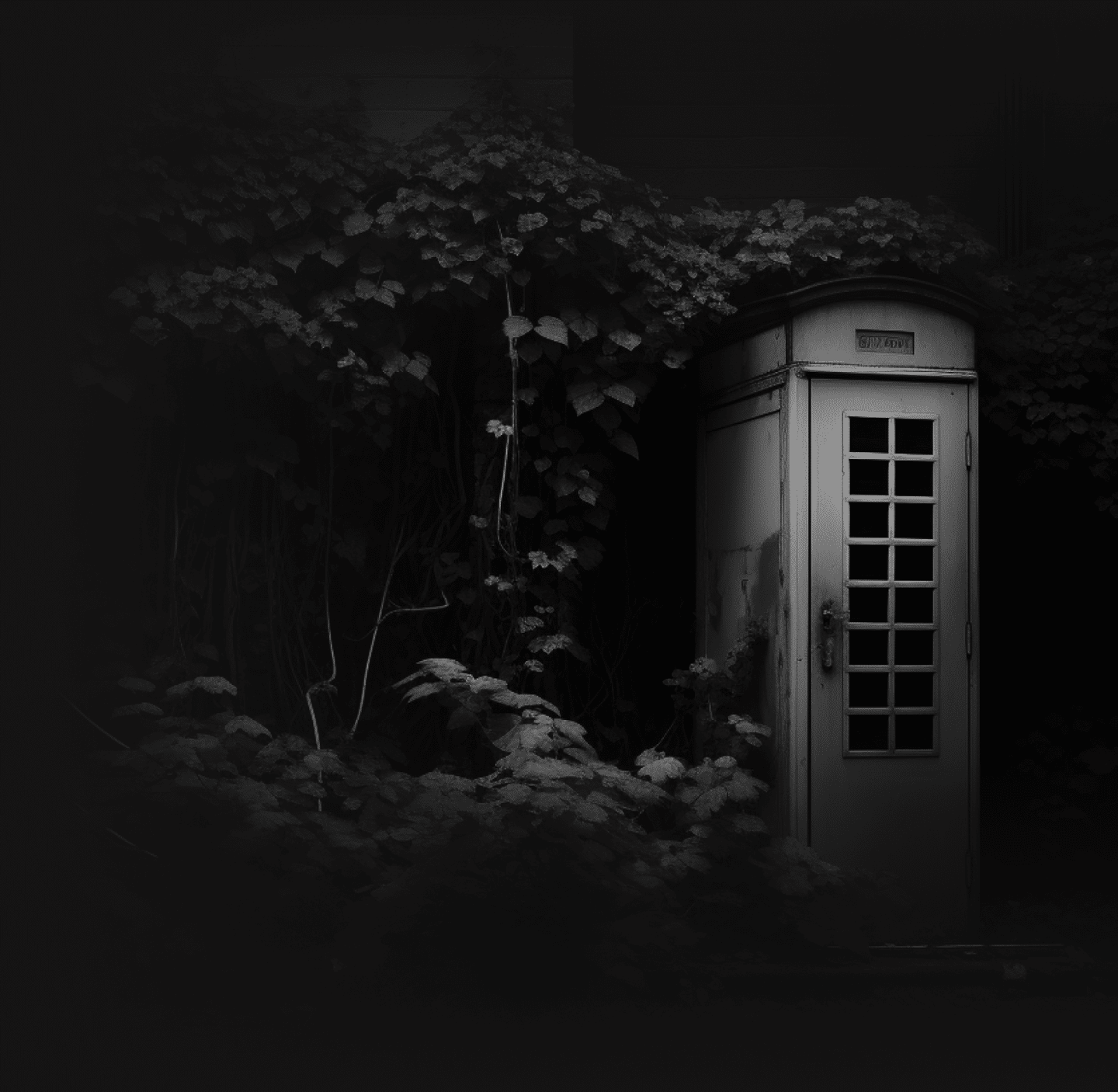
Japanese knotweed, otherwise known as Fallopia Japonica, is a highly invasive weed that was introduced to Britain as an ornamental plant in the 19th century. Since then, it has gone on to inhabit many parts of the UK, causing problems for many homeowners/landowners with its robust growth. Japanese knotweed is capable of spreading across waterways, transport routes and waste grounds; even tarmac and concrete is vulnerable to its growth. All it takes is one small crack or weakness in the foundations or surrounding walls of a house for the plant to exploit it and severely damage the building’s structure.
Japanese knotweed also threatens native plant and animal life by forming dense networks of underground growth. The plant has the ability to adapt to its micro climate which can inhibit other plant growth, causing any flora in the area to wither and die. With roots reaching up to 3m deep, it can also block routes taken by wildlife and damage flood defence structures. With all of these serious impacts, it is vital to be informed on different forms of Japanese knotweed control and how to control Japanese knotweed in your particular situation.
HOW CAN IT BE CONTROLLED?
With a variety of consequences and financial impacts if growth is left untreated, it’s important to properly treat Japanese knotweed as soon as it has been identified. It’s also important that professionals are enlisted to prevent the plant from spreading further. Many people who think they know how to control Japanese knotweed themselves actually end up making the spread worse. There are a variety of treatment methodologies which can be implemented, a few of them are outlined below.
CHEMICAL CONTROL
Chemical controls are often an effective way of controlling Japanese knotweed. This method involves the use of herbicides to eradicate the weed. We will select the most effective chemicals available for your site and they will then be expertly applied to the knotweed’s foliage via leaf wipe, stem injections or knapsack spraying.
REMOVAL BY EXCAVATION
This is one of the best Japanese knotweed control methods to use when time is your highest priority. The excavation method involves removing the Japanese knotweed including the rhizome network from the area of infestation. This material can either be removed off site to a licensed landfill facility, or alternatively remain onsite in a waste management area or burial pit.
When removing to licensed landfill, the Japanese knotweed rhizome can be separated from the soil, via the sifting/soil screening method, this reduces the amount of material taken offsite to landfill.
The team of experts at JKSL will ensure that all traces of rhizome are removed during relocation and a clean site policy is implemented to avoid cross-contamination.

MESHTECH CONTROL
Mesh control is an innovative and environmentally-friendly method of controlling Japanese knotweed.
MeshTech works by using a mesh layer to turn the Knotweed’s enormous growth against itself. Developed in-house at JKSL, this method forces the plant to detach its own stems, exposing it to increased damage by frost and rot, therefore weakening the plant and eventually causing its death. An advantage of this control method is that it causes minimal disturbance to the environment where it is used. This is a patented system.
CONCLUSION
If you happen to notice the growth of Japanese knotweed on your land, then you should be sure to contact us to help with identification and selecting the most appropriate eradication methodology. Here at JKSL, we are an experienced company specialising in the control and complete elimination of Japanese knotweed for the past 15 years. Please do not hesitate to get in touch for a quick consultation.




